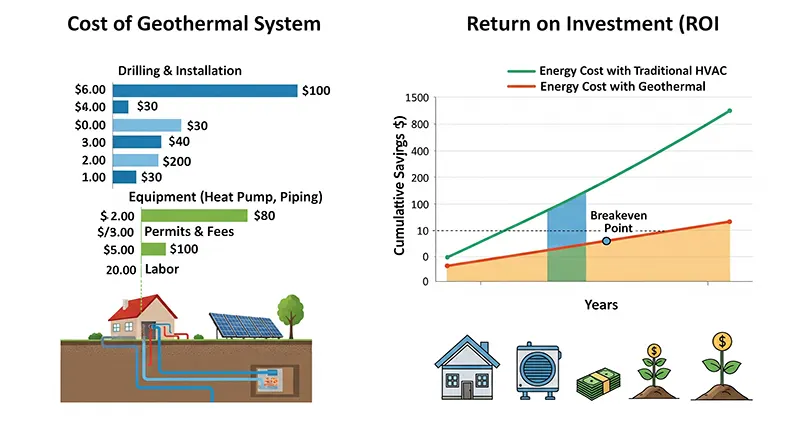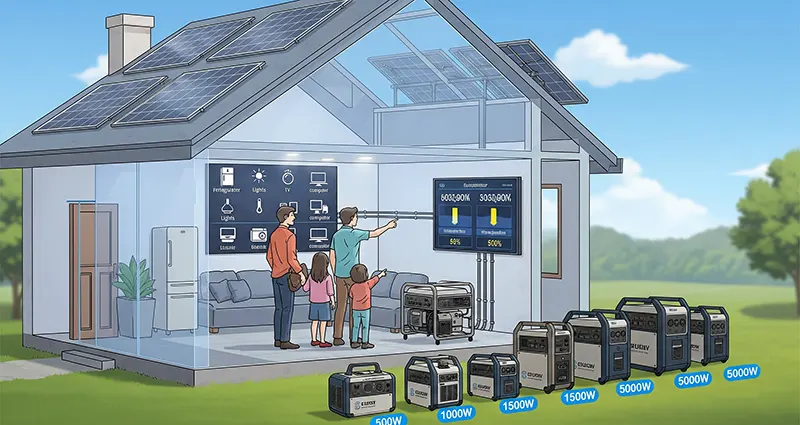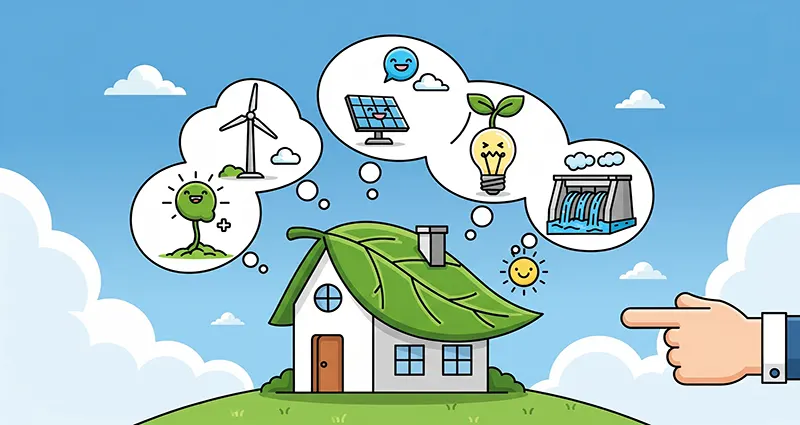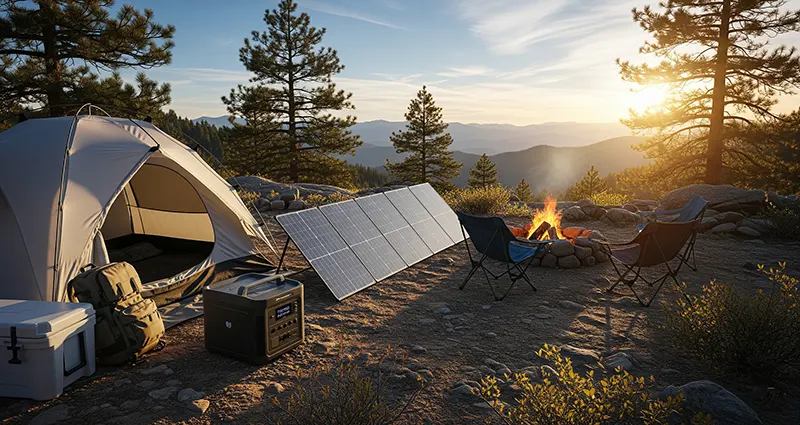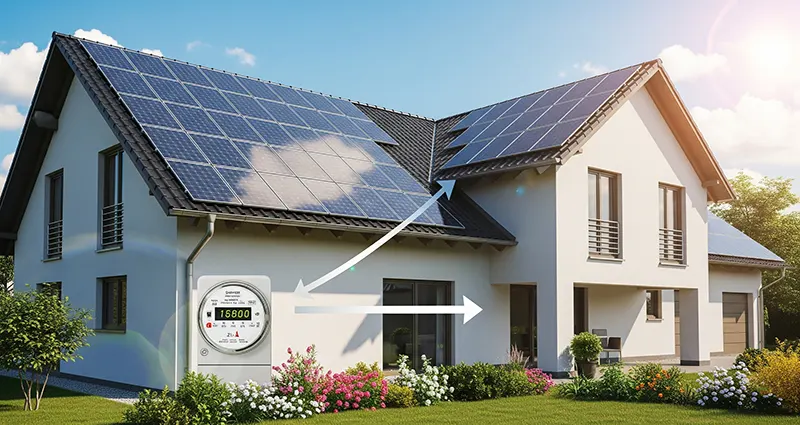Understanding the Cost and ROI of Geothermal Heating and Cooling Systems
As homeowners and businesses seek sustainable and energy-efficient solutions, geothermal heating and cooling systems have gained significant attention. These systems leverage the earth’s stable underground temperatures to provide efficient climate control. However, a crucial consideration before investing is understanding the cost and ROI of geothermal heating and cooling systems.
What is the Cost of Geothermal Heating and Cooling Systems?
The initial cost of installing a geothermal system tends to be higher than traditional HVAC systems. This is primarily due to the specialized equipment and the need for drilling ground loops underground.
- Installation Costs: Typically range between $30,000 and $60,000, depending on system size, location, and ground conditions.
- Equipment Costs: The geothermal heat pump itself costs between $10,000 and $20,000.
- Drilling and Ground Loop Installation: Can be $15,000 to $30,000, heavily influenced by soil type and depth.
- Maintenance Costs: Relatively low, usually $200 to $500 annually.
- Operational Costs: Geothermal systems
How to Choose the Right Size Solar Generator for Home Backup
Power outages can disrupt daily life and compromise safety, especially during emergencies. A solar generator offers a clean, renewable, and reliable backup power solution for your home. But to maximize its benefits, it’s essential to select the appropriate size. In this article, we’ll explore how to choose the right size solar generator for home backup to ensure your energy needs are met efficiently and effectively.
Why Size Matters in a Solar Generator
The size of a solar generator refers to its energy storage capacity (measured in watt-hours, Wh) and power output (measured in watts, W). Choosing the correct size guarantees that your solar generator can power essential appliances when you need it most without overspending on unnecessary capacity.
Steps to Choose the Right Size Solar Generator for Home Backup
1. Assess Your Power Needs
Determine which appliances and devices you want to power during an outage. Common essentials include:
- Refrigerator
How to Choose a Green Energy Supplier for Your Home
As more homeowners become aware of the environmental impacts of traditional energy sources, many are looking for ways to reduce their carbon footprint. One effective solution is to switch to a green energy supplier. But with so many options available, how to choose a green energy supplier for your home can feel overwhelming. This article will guide you through the essential factors to consider when selecting a provider that aligns with your values and energy needs.
What Is Green Energy?
Green energy, also known as renewable energy, is energy generated from natural, environmentally friendly sources such as wind, solar, hydro, and biomass. Unlike fossil fuels, green energy does not produce harmful greenhouse gases, helping combat climate change and promote sustainability.
Steps on How to Choose a Green Energy Supplier for Your Home
1. Verify the Supplier’s Green Energy Credentials
Not all suppliers claiming to offer green energy are equally committed … READ MORE ...
Best Portable Solar Generator for Off-Grid Camping: Powering Your Adventure
When planning an off-grid camping trip, having a reliable power source is essential to stay connected, run essential devices, and enhance your outdoor experience. Solar generators are becoming the preferred choice for eco-friendly, quiet, and efficient energy supply. In this article, we will explore the best portable solar generator for off-grid camping to help you choose the right power solution for your adventures.
Why Choose a Portable Solar Generator for Off-Grid Camping?
Portable solar generators offer numerous benefits over traditional gas-powered generators. They are lightweight, quiet, and produce zero emissions, making them ideal for preserving the natural environment. Additionally, solar generators use renewable energy from the sun, providing an unlimited power source during extended outdoor stays without the hassle of fuel storage.
Key Features to Look for in the Best Portable Solar Generator for Off-Grid Camping
Before diving into specific models, consider these important features:
- Battery Capacity: Determines how
What Are the Benefits of Residential Solar Power Systems?
In recent years, residential solar power systems have become increasingly popular as homeowners seek sustainable and cost-effective energy solutions. Solar energy harnesses the power of the sun to generate electricity, offering numerous advantages for both individuals and the environment. In this article, we will explore what are the benefits of residential solar power systems and why they are a smart investment for your home.
1. Significant Reduction in Electricity Bills
One of the most immediate benefits of residential solar power systems is the reduction in electricity bills. By generating your own electricity from sunlight, you rely less on the grid, which means lower monthly energy costs. In some cases, solar panels can produce excess electricity, which can be sold back to the utility company, resulting in credits or payments.
2. Environmental Impact and Sustainability
Solar power is a clean, renewable source of energy that reduces your carbon footprint. Unlike fossil … READ MORE ...

